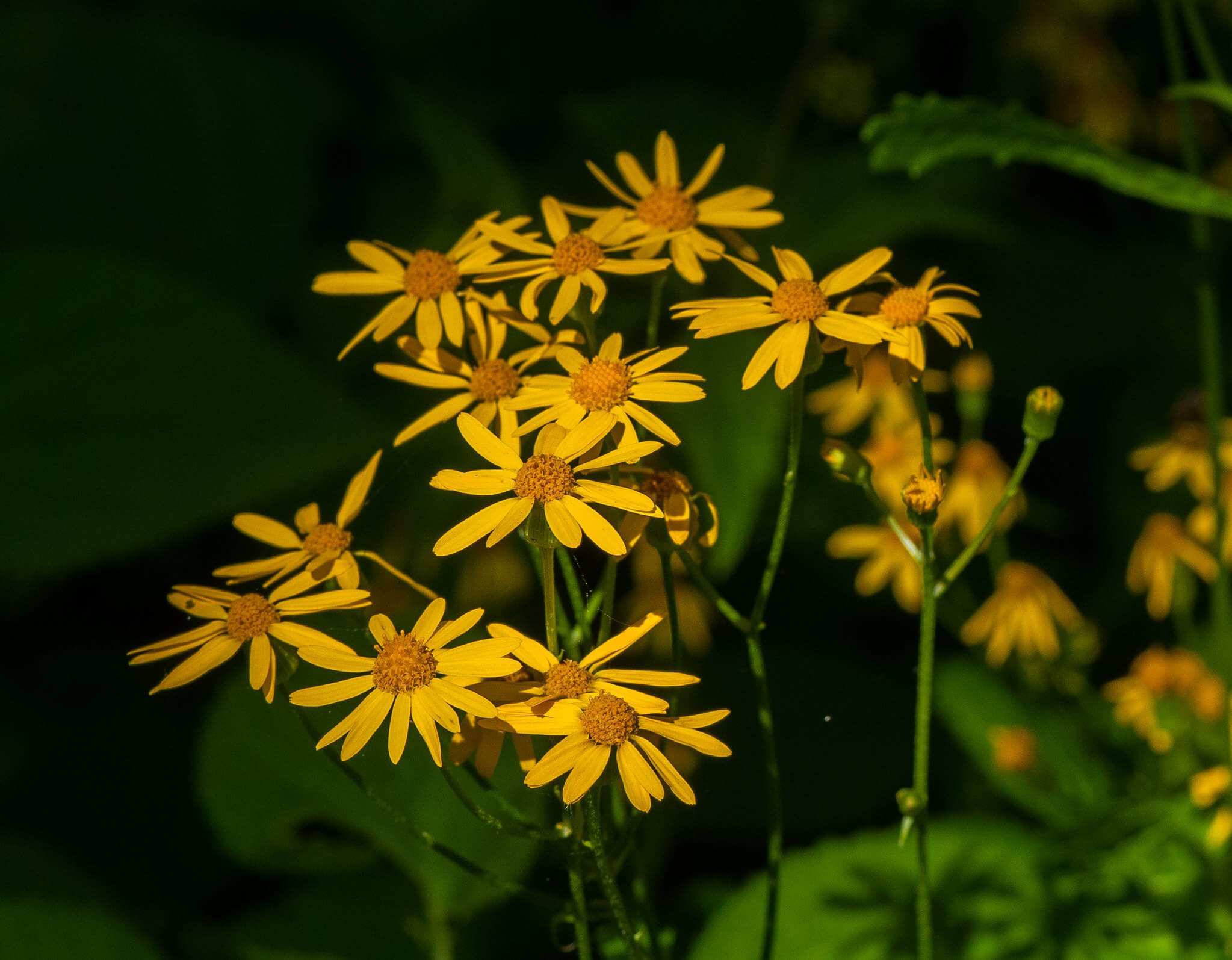Canada Anemone (Anemone canadensis)
Canada Anemone attracts small native bees that collect pollen and is the host plant for 2 species of butterflies and moths in this area (nwf.org). A main draw for this plant is that it is a nice-looking, vigorous spreader. It can be used as a native ground cover and is particularly nice in moist sunny areas. It can spread by seed and rhizomes, so choose your planting spot with care. Deer and other mammals typically avoid eating this plant due to agents that irritate the GI tract (illinoiswildflower.info).
Photo Credit: Joshua Mayer
Canada Anemone attracts small native bees that collect pollen and is the host plant for 2 species of butterflies and moths in this area (nwf.org). A main draw for this plant is that it is a nice-looking, vigorous spreader. It can be used as a native ground cover and is particularly nice in moist sunny areas. It can spread by seed and rhizomes, so choose your planting spot with care. Deer and other mammals typically avoid eating this plant due to agents that irritate the GI tract (illinoiswildflower.info).
Photo Credit: Joshua Mayer
Canada Anemone attracts small native bees that collect pollen and is the host plant for 2 species of butterflies and moths in this area (nwf.org). A main draw for this plant is that it is a nice-looking, vigorous spreader. It can be used as a native ground cover and is particularly nice in moist sunny areas. It can spread by seed and rhizomes, so choose your planting spot with care. Deer and other mammals typically avoid eating this plant due to agents that irritate the GI tract (illinoiswildflower.info).
Photo Credit: Joshua Mayer
Life Cycle: Perennial
Sun Exposure: Full, Partial
Soil Moisture: Medium-wet, Medium
Height: 1-2 feet
Plant Spacing: 6-12 inches
Bloom Time: May-June
Bloom Color: White
Advantages: Deer Resistant, Recommended, but vigorous
Host: 2 species of butterflies and moths use this as a caterpillar host plant in our area (nwf.org)
Good companions: Wild Geranium, Woodland Phlox






